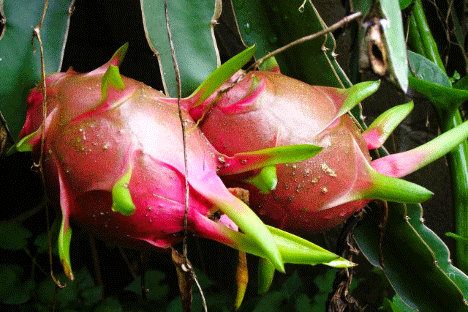The global market for exotic fruits is poised for remarkable expansion, with a projected increase from $18.7 billion in 2023 to $35.8 billion by 2033. This growth, at an annual compound growth rate (CAGR) of 6.67%, highlights the rising consumer interest in the diverse flavors, aromas, and nutritional advantages offered by exotic fruits.
Market Dynamics and Growth Drivers
The growth of the exotic fruit market is propelled by several factors. Consumers are increasingly seeking out exotic fruits for their unique sensory experiences and health benefits, which include higher levels of vitamins, antioxidants, and other nutrients. According to a report by Market Research Future (MRFR), the appeal of exotic fruits such as dragon fruit, passion fruit, and mangosteen is growing due to their distinctive tastes and potential health benefits.
The Asia-Pacific region is anticipated to lead this market expansion, particularly driven by the popularity of dragon fruit. Dragon fruit’s appeal lies in its low maintenance requirements and adaptability to various climates, making it an attractive option for cultivation in diverse regions. Additionally, the rise in agricultural technology and improved cultivation practices are supporting the increase in exotic fruit production.
The market is divided into organic and conventional segments, with the organic segment expected to capture the largest share. Consumers’ growing preference for organic produce, driven by health and environmental concerns, is significantly contributing to the rise in demand for organically grown exotic fruits. The Organic Trade Association (OTA) reports a consistent upward trend in organic fruit consumption, reflecting this broader shift towards organic agriculture.
Regional Insights and Future Prospects
The Asia-Pacific region’s dominance in the exotic fruit market is notable, with countries like Thailand, Vietnam, and Malaysia playing crucial roles in the production and export of exotic fruits. As global consumers become more health-conscious and adventurous with their food choices, the demand for exotic fruits is likely to increase across other regions as well.
Moreover, advancements in logistics and supply chain management are facilitating the international distribution of exotic fruits, allowing producers from developing regions to access new markets. This expanded reach is contributing to the overall growth of the market.
The exotic fruit market is set for substantial growth over the next decade, with its value expected to nearly double by 2033. Driven by consumer demand for unique flavors, health benefits, and the rise of organic options, this sector presents significant opportunities for farmers, agronomists, and agricultural engineers. As the market evolves, stakeholders should focus on leveraging advancements in cultivation and distribution to capitalize on the burgeoning demand for exotic fruits.































